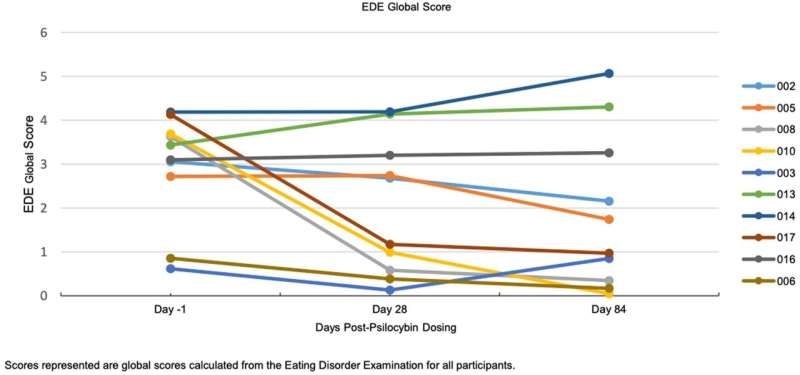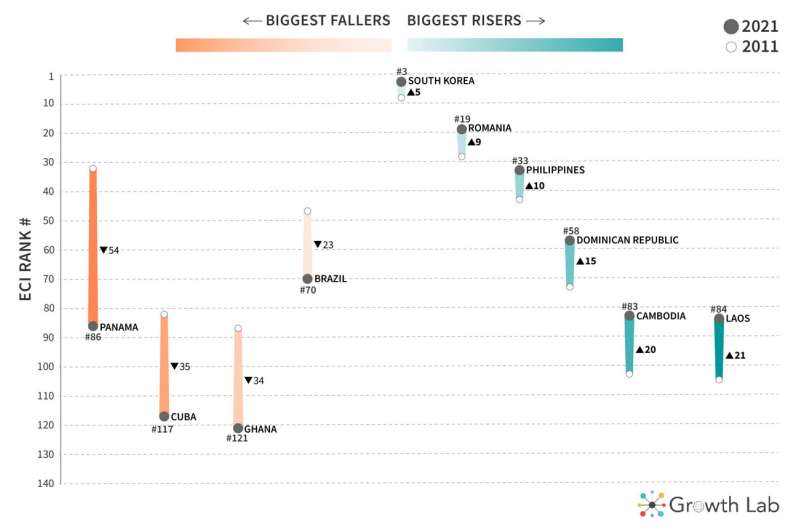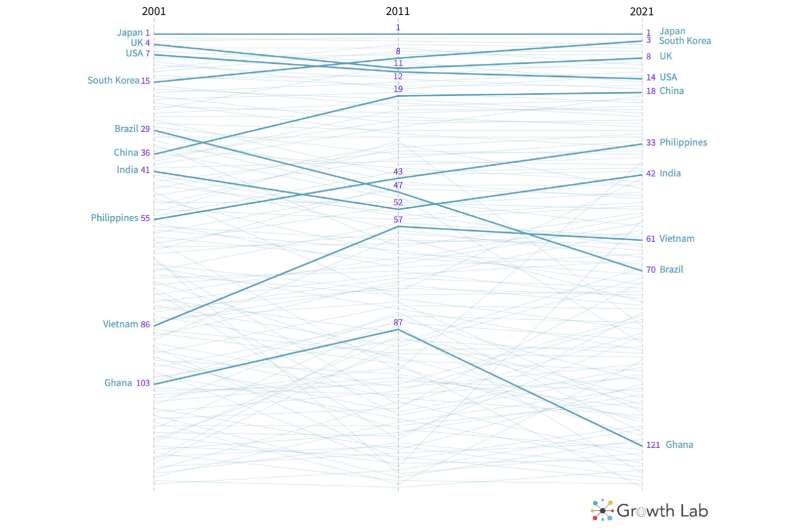AUSTRALIA
Home gardeners become accidental citizen scientists for Wollemi Pine

When the unusual branches of a tall tree were first noticed in a canyon northwest of Sydney in 1994, it sparked great excitement in the botanical world. The tree was new to science. It had very few living relatives and a lineage dating back millions of years to the Cretaceous period.
Scientifically named Wollemia nobilis, Wollemi Pine is a conifer in the same family as Kauri Pine and Norfolk Island Pine.
It grows in small pockets within a 10 square kilometer area northwest of Sydney. It is listed as critically endangered, with fewer than 100 known adult trees existing in the wild.
Botanist Dr. Heidi Zimmer of the Australian National Herbarium said the tree has many unusual features that make it interesting to botanists.
"The trees have multiple trunks and their bark looks quite distinctive, a little like chocolate bubbles," Heidi said.
"The branches grow rhythmically, with shorter leaves growing during winter and longer leaves during the warmer growing season. This results in a repeating pattern of different length leaves along each branch.
"Trees are both male and female, having the male or female cones forming at the tips of the branches.
"The tallest Wollemi Pine in the wild was 42 meters when we last measured it a few years ago."
From botanic gardens to home gardens
For the first decade after it was recognized as new to science, Wollemi Pine was grown only in botanic gardens, sometimes in protective cages to prevent theft. The plants were mostly propagated from cuttings, not grown from seed.

In 2005, due to huge public interest in this rare tree and to protect wild populations from illegal collecting, Wollemi Pine was made available to home gardeners in Australia and many countries around the world.
Little were they to know they would accidentally be taking part in a global experiment.
Accidental citizen science
Wollemi Pines that have thrived in home gardens could hold the secrets to successful conservation plantings. Heidi and Cath Offord, from Botanic Gardens of Sydney, decided to survey home gardeners around the world to discover the best growing conditions.
"We realized home gardeners could reveal the best soil, climate, rainfall and other conditions for Wollemi Pine, given it was growing across the world," Heidi said.
"Conservationists could then use this information to select sites for planting Wollemi Pine to expand its current range in the wild or in botanic gardens globally.
"We released a survey with questions about location, soil type, fertilizer use, growth in pots versus planting in the ground, tree height and more.
"More than 1,500 people from 31 countries responded. Some people shared how much their tree meant to them or that they used them as Christmas trees. 'Wolly' was a popular nickname."

Importantly, the survey revealed data and information important for the tree's conservation.
"We discovered that Wollemi Pine prefers loamy soil, a temperate climate and above-average rainfall. A mean monthly minimum of 3.2°C and maximum of 25.4°C is best," Heidi said.
"Not only can this information help with conservation plantings, it can also help identify botanic gardens with the right environmental conditions to grow Wollemi Pine. This would help safeguard the species if wild populations are impacted by bushfires or other threats. We sincerely thank everyone who responded to our survey."
The Australian National Herbarium is part of the Center for Australian National Biodiversity Research, a joint venture between Parks Australia's Australian National Botanic Gardens and the National Research Collections Australia.
The paper, "Home gardens contribute to conservation of the critically endangered Wollemi Pine: evaluation of a botanic garden-led horticultural release program," was published in the journal Plants, People, Planet.
More information: Catherine A. Offord et al, Home gardens contribute to conservation of the critically endangered Wollemi Pine: Evaluation of a botanic garden‐led horticultural release programme, Plants, People, Planet (2023). DOI: 10.1002/ppp3.10410
Journal information: Plants, People, Planet
Provided by CSIRO Backyard gardeners around the world are helping to save Australia's deeply ancient Wollemi pine




 Interestingly, the male actors questioned felt strongly that the
Interestingly, the male actors questioned felt strongly that the 




